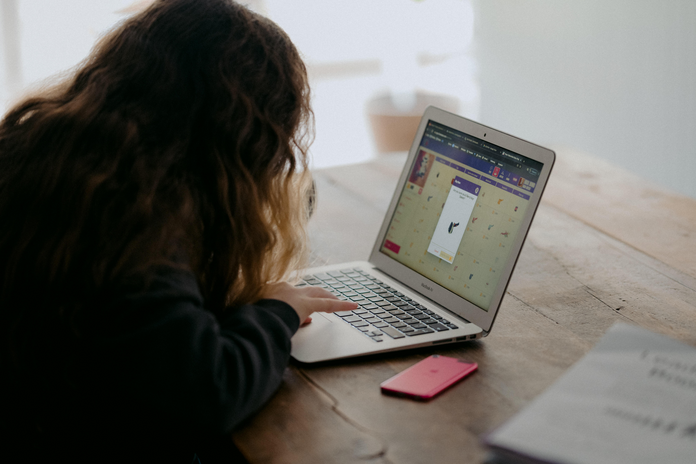As we round the end of the third semester of classes impacted by COVID-19, students and professors alike are more and more accustomed to this “new normal” of online education. It would be reasonable to expect that this would be getting easier.
Instead, it’s been my personal experience that this semester has been the most challenging, burnout-riddled semester of my education so far.
This could be due to a myriad of reasons. It could be the long-term effects of living through a global crisis, it could be that I put too much on my plate with a new second job and a promotion at the first, it could be the fact that the absence of spring break – or any breaks at all – is beginning to take its’ toll. Each of those reasons has contributed to the problem without a doubt, but there’s one extra factor that I think has been overlooked and underestimated: asynchronous learning.
While the beginning of quarantine life meant that in-person classes had to adapt to an online format, meaning that most professors utilized face-to-face communication, with each new semester professors are more and more designing their classes specifically for an online format. So students can choose classes that will have scheduled meetings, or opt for asynchronous classes that operate fully virtually with no real meeting.
When faced with a busier schedule than I was used to, I chose mostly asynchronous classes in an attempt to free up as much of my time as possible, and I was shocked at how lacking these classes were in engaging content.
I didn’t expect how much I would miss interacting with my peers. It’s been reported that feeling isolated is a symptom of online educations. Both in terms of mental health and for my performance in classes, the decrease in personal contact with my peers and professors left me feeling detached from the class, meaning that I felt more easily overwhelmed by the assignments and that it was harder to prioritize the work when it hardly felt like a real class.
I was especially disappointed in the classes that should have been discussion-based. Particularly in humanities and social justice classes, my favorite part of classes has always been holding debates and discussions with my peers. Where in-class discussions progress organically, with everyone free to jump in and add their thoughts, the digital equivalent falls short.
Discussion boards and weekly response papers – 90% of my course load this semester – are stiff and impersonal, and lack the personal connection and spark that come with a face-to-face discussion.
And in addition to my dislike for the mode of teaching, I found that some of these classes were not providing nearly the level of education I would have had if it were in person. Lectures were shorter or non-existent, and the classes were taught less by the professors than by the selected readings.
Of course, my experiences may simply be a result of the specific courses I took, or even simply my own preferences for classes. This format might be working for some students.
But it is my firm belief that moving forward with online learning in this “new normal,” we have to do better.


